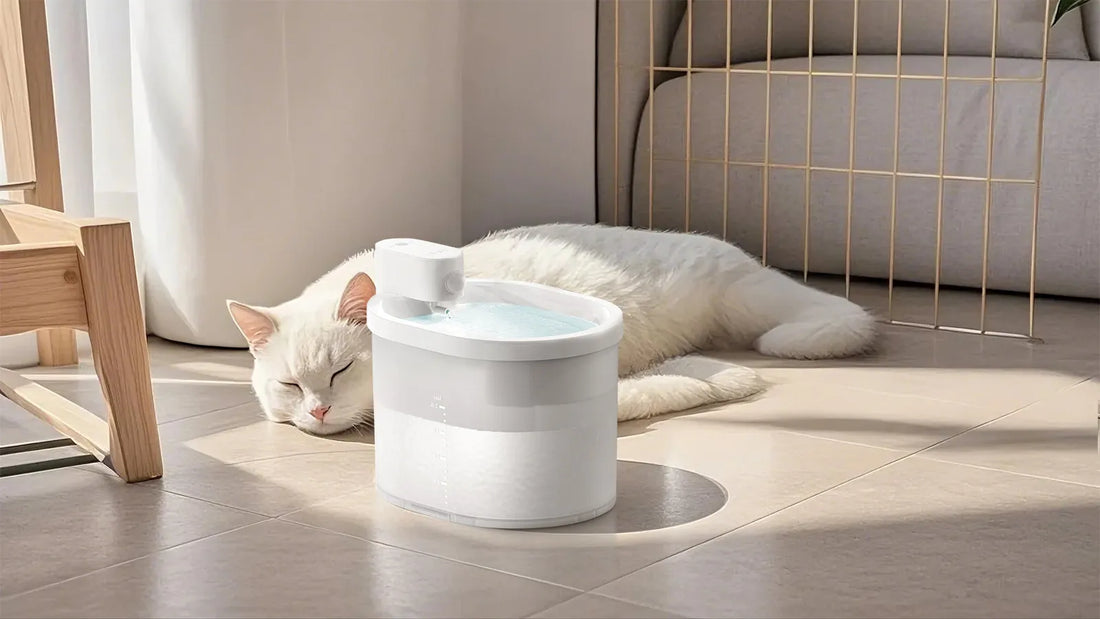Understanding the Basics of Cat Feeding
Feeding your cat might seem like a straightforward task, but there's more to it than simply filling a bowl with kibble. Cats have specific dietary needs that must be met to ensure they remain healthy and happy. Understanding these needs is the first step toward proper cat feeding.
Cats are obligate carnivores, which means their diet must primarily consist of meat. Unlike omnivores, cats cannot thrive on a plant-based diet. They require certain nutrients, such as taurine, arachidonic acid, and vitamin A, which are found naturally in animal tissues. Therefore, it's crucial to choose cat food that is rich in high-quality animal proteins.
The Importance of Portion Control
One of the most common mistakes cat owners make is overfeeding their pets. Obesity in cats can lead to a host of health problems, including diabetes, arthritis, and heart disease. Portion control is essential to prevent overfeeding and maintain a healthy weight for your cat.
Most commercial cat foods come with feeding guidelines based on the cat's weight and age. However, these are just general recommendations. It's important to monitor your cat's weight and adjust portions accordingly. If you're unsure about the right amount to feed your cat, consult your veterinarian for personalized advice.
Wet Food vs. Dry Food: What's Best for Your Cat?
The debate between wet food and dry food is a common one among cat owners. Both types have their pros and cons, and the best choice depends on your cat's specific needs.
Wet food is generally higher in moisture, which can be beneficial for cats that don't drink enough water. It's also often more palatable, making it a good option for picky eaters. On the other hand, dry food is more convenient and can be left out for longer periods without spoiling. Some cat owners opt for a combination of both to provide a balanced diet.
Special Dietary Needs and Considerations
Just like humans, cats can have special dietary needs based on their age, health status, and lifestyle. Kittens, for example, require more calories and nutrients to support their rapid growth. Senior cats, on the other hand, may need a diet that's lower in calories but still rich in essential nutrients.
Cats with certain health conditions, such as kidney disease or diabetes, may require a specialized diet. Always consult your veterinarian before making any significant changes to your cat's diet, especially if they have underlying health issues.
Common Mistakes to Avoid in Cat Feeding
There are several common mistakes that cat owners make when it comes to feeding their pets. One of the most frequent errors is feeding cats a diet that's too high in carbohydrates. Cats have a limited ability to digest carbs, and a diet high in carbohydrates can lead to obesity and other health problems.
Another common mistake is not providing enough fresh water. Cats are notorious for not drinking enough water, which can lead to dehydration and urinary tract issues. Always ensure your cat has access to fresh, clean water, especially if they're on a dry food diet.
How to Transition Your Cat to a New Diet
Switching your cat to a new diet should be done gradually to avoid digestive upset. Start by mixing a small amount of the new food with their current food, gradually increasing the proportion of the new food over the course of a week or two.
Monitor your cat closely during the transition period for any signs of digestive distress, such as vomiting or diarrhea. If these symptoms occur, slow down the transition process or consult your veterinarian for advice.
The Role of Treats in Cat Feeding
Treats can be a useful tool for training and bonding with your cat, but they should be given in moderation. Too many treats can lead to weight gain and nutritional imbalances. Choose high-quality treats that are low in calories and made from natural ingredients.
It's also important to consider the size of the treats. Large treats can be difficult for cats to chew and may pose a choking hazard. Always supervise your cat when giving them treats to ensure they're eating them safely.
Creating a Feeding Schedule
Establishing a regular feeding schedule can help regulate your cat's appetite and prevent overeating. Most adult cats do well with two meals a day, while kittens may require more frequent feedings.
Consistency is key when it comes to feeding schedules. Try to feed your cat at the same times each day to create a routine. This can also help reduce anxiety and behavioral issues related to food.
Monitoring Your Cat's Health Through Feeding
Your cat's eating habits can provide valuable insights into their overall health. Sudden changes in appetite, weight, or eating behavior can be early signs of health issues. Regularly monitor your cat's food intake and body condition to catch any potential problems early.
If you notice any concerning changes, such as a loss of appetite or unexplained weight loss, consult your veterinarian promptly. Early intervention can make a significant difference in the outcome of many health conditions.
Final Thoughts on Cat Feeding
Proper cat feeding is more than just a daily chore; it's an essential part of ensuring your feline friend's long-term health and happiness. By understanding your cat's dietary needs, practicing portion control, and avoiding common mistakes, you can provide a balanced and nutritious diet that supports their well-being.
Remember, every cat is unique, and what works for one may not work for another. Always consult your veterinarian for personalized advice tailored to your cat's specific needs. With the right approach to cat feeding, you can enjoy many happy and healthy years with your beloved pet.













